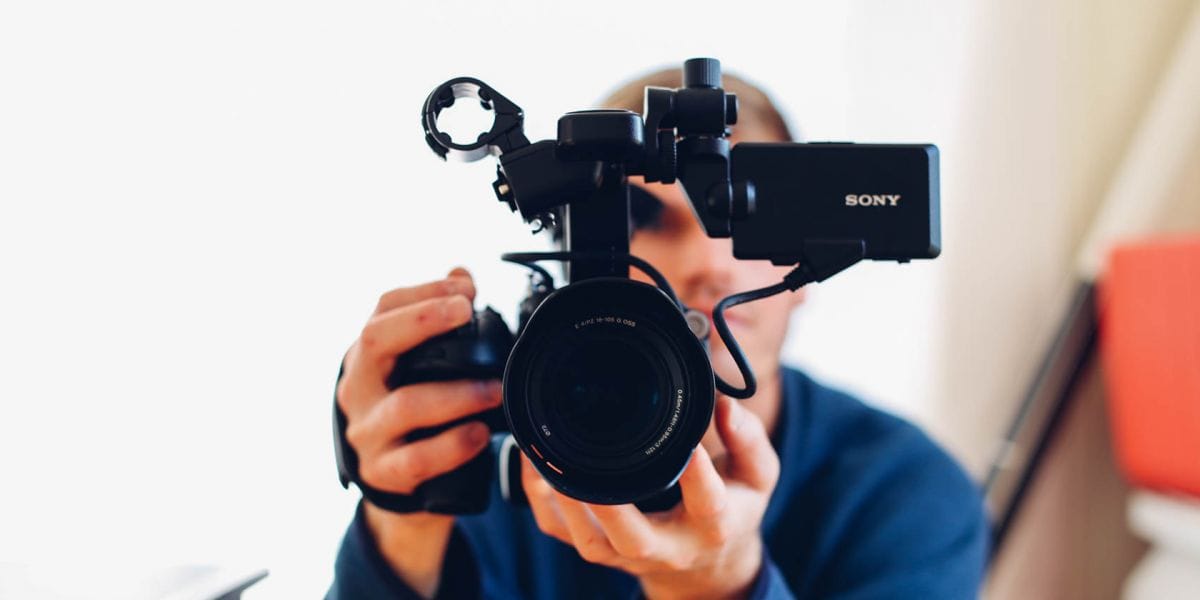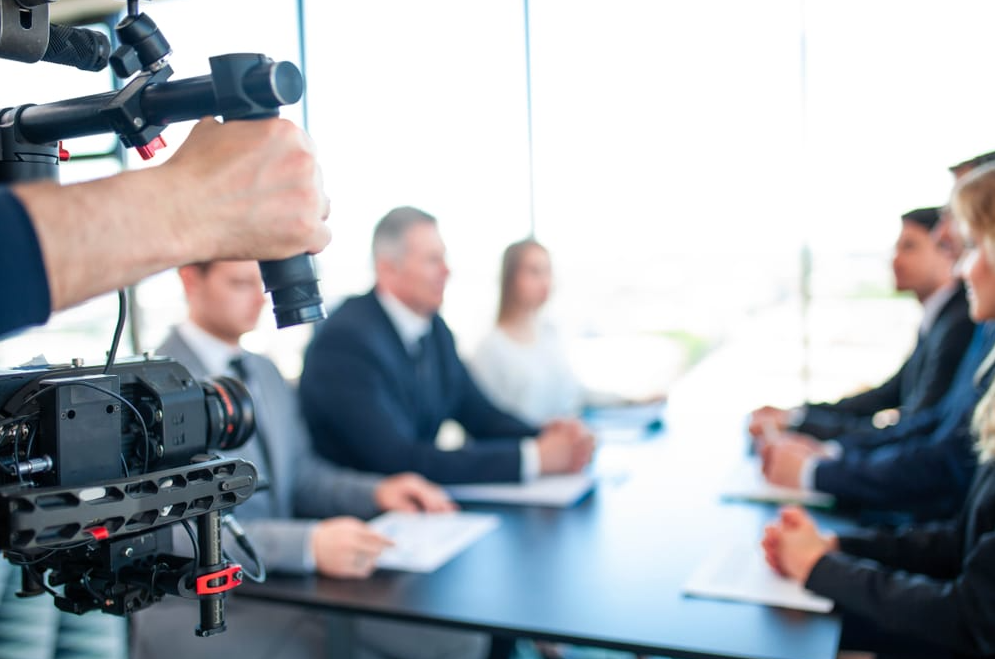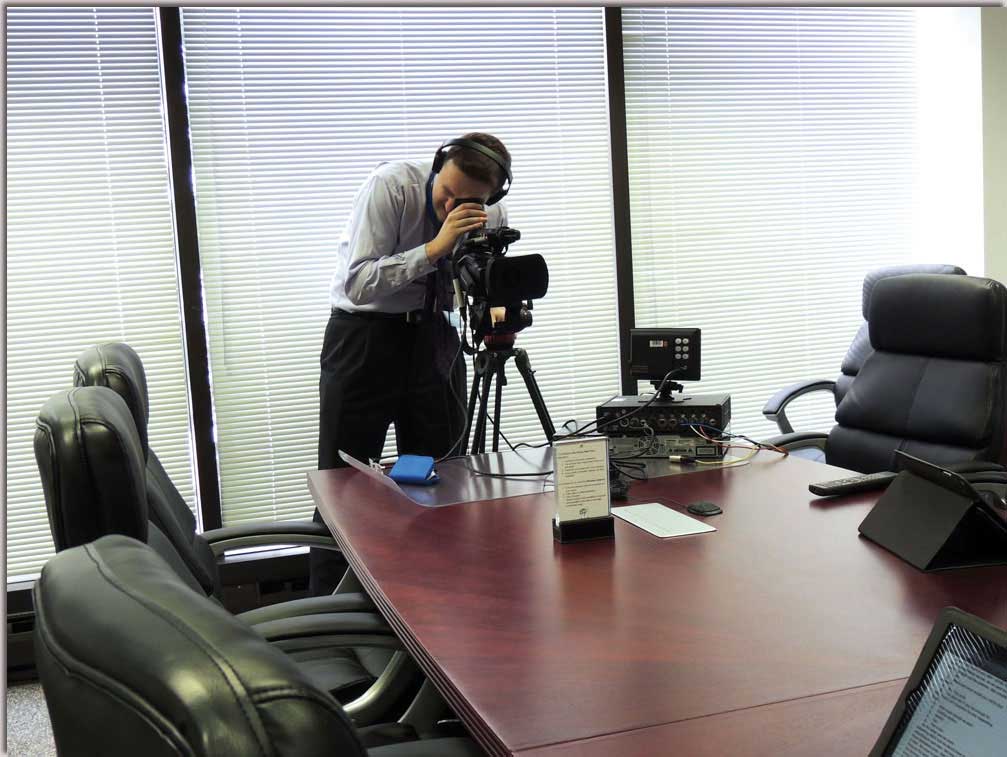Comprehensive Legal Videography for Trials.
Comprehensive Legal Videography for Trials.
Blog Article
The Function of Lawful Videography in Depositions and Trials
Legal videography has actually arised as an essential tool in both depositions and tests, offering a diverse approach to documenting witness testimonies. By catching not just the spoken word however also the subtleties of non-verbal interaction, this tool boosts the reliability of statements and preserves critical proof for future process. As lawyers progressively identify its worth, it motivates a deeper examination of how these visual records can influence juror perceptions and test outcomes. What effects might these developments hold for the future of lawful method?
Relevance of Legal Videography
Legal videography plays a crucial function in the paperwork and presentation of depositions and trials. This customized field incorporates technical skills with lawful knowledge to develop a trusted document of procedures that can dramatically affect situation results. The appearance of legal videography enhances the understanding of witness testament, allowing jurors and judges to observe not just the spoken words yet also the behavior, emotions, and body language of the witnesses.

The value of lawful videography prolongs beyond the court room; it also plays a crucial duty in maintaining evidence for future reference, whether for allures or additional lawsuit. Its integration into the lawful procedure is important for ensuring a fair and accurate depiction of the facts, ultimately adding to the search of justice.

Process of Legal Videography
While capturing the nuances of depositions and tests, the procedure of lawful videography entails several vital steps that guarantee high-quality, precise recordings. A specialist legal videographer prepares by assessing the situation materials and recognizing the certain requirements of the deposition or test. This preparation includes acquainting themselves with the participants and the context, which helps in capturing important details.
On the day of the recording, the videographer establishes the necessary devices, which commonly consists of high-definition cameras, microphones, and proper lights. Making sure optimal angles and audio top quality is critical, as it directly affects the performance of the recording. The videographer connects with lawyers and participants to establish protocols, making certain that every person understands the recording process.
During the deposition or test, the videographer carefully tape-records the process, paying attention to both verbal and non-verbal signs. legal videography. This consists of capturing the disposition and responses of witnesses and lawyers. After the session ends, the videographer might edit the video for quality and conformity with find more lawful requirements, creating an end product that properly reflects the procedures for future reference and usage in legal contexts
Benefits in Depositions
The unification of videography in depositions offers many advantages that boost the total procedure of gathering evidence. One main advantage is the capacity to catch witness statements with visual and auditory fidelity, offering a more exact depiction of the witness's attitude, tone, and body movement. This multidimensional technique allows lawyers and courts to assess credibility better than typical written transcripts alone.
Furthermore, videographed depositions function as an effective tool for maintaining statement. Needs to a witness become inaccessible for trial, their tape-recorded deposition can be played in court, ensuring that their evidence stays obtainable and appropriate. This element dramatically lowers the website link danger of shedding important info that can affect case results.
Additionally, using legal videography promotes far better prep work for lawyers. Assessing video footage permits legal teams to analyze and improve their methods, recognizing strengths and weaknesses in their instances. This preparatory advantage can lead to even more compelling presentations in court.
Lastly, videography improves the total professionalism and reliability of the deposition process, instilling confidence in clients relating to the thoroughness of their lawful depiction. By leveraging innovation, lawful specialists can dramatically boost the performance of depositions.
Influence On Tests
In several tests, the assimilation of videography can substantially affect the discussion of evidence and the jury's understanding. Lawful videography records witness testaments and important proof in a dynamic format, allowing jurors to engage with the product on several levels. This visual part boosts the narration element of a trial, giving context and psychological resonance that conventional text-based evidence may do not have.
In addition, video clip recordings can work as powerful devices for impeachment during cross-examination. When discrepancies emerge in between a witness's prior declarations and their court testimony, video clip proof offers an unbiased recommendation that can sway jurors' opinions. This immediacy and quality can reinforce the trustworthiness of a party's story while concurrently undermining opposing debates.
Furthermore, using videography can aid improve complicated information, making it a lot more available to jurors that may battle to comprehend intricate information presented only through spoken Check Out Your URL testimony. By incorporating visuals with auditory info, lawful videography can improve retention and understanding, inevitably influencing the court's decision-making process. The impact of videography in trials expands beyond simple appearances; it plays an essential duty in forming the legal landscape and results.
Future Trends in Legal Videography
As we look towards the future of lawful videography, several emerging patterns assure to reshape its role within the court. One substantial fad is the integration of expert system (AI) in video clip analysis and editing - legal videography. AI can improve the procedure of recognizing vital moments in tape-recorded depositions, enabling lawyers to swiftly access pertinent web content, thereby improving efficiency in case preparation
Furthermore, the increase of online truth (VIRTUAL REALITY) and increased fact (AR) modern technologies is anticipated to change just how jurors experience proof. By submersing jurors in a substitute setting, these modern technologies can give an extra extensive understanding of complicated circumstances, causing even more educated deliberations.

Moreover, the raising need for remote depositions, sped up by the COVID-19 pandemic, will likely proceed. Legal videographers will certainly require to adapt to new software and systems to make certain high-grade recordings in digital setups.
Finally, the growing focus on data protection will certainly require stricter protocols for saving and sharing video proof. As the lawful landscape progresses, legal videographers need to remain abreast of these trends to preserve their importance and effectiveness in the judicial process.

Verdict
In recap, lawful videography offers a vital feature in the judicial procedure, enhancing the stability of depositions and tests. By capturing the nuances of witness testaments, this medium not only maintains essential evidence yet also aids in offering info efficiently to jurors. The value of aesthetic documentation in examining credibility and assisting in interrogation can not be overemphasized. As technology remains to progress, lawful videography is positioned to further transform its function within the lawful landscape.
Report this page